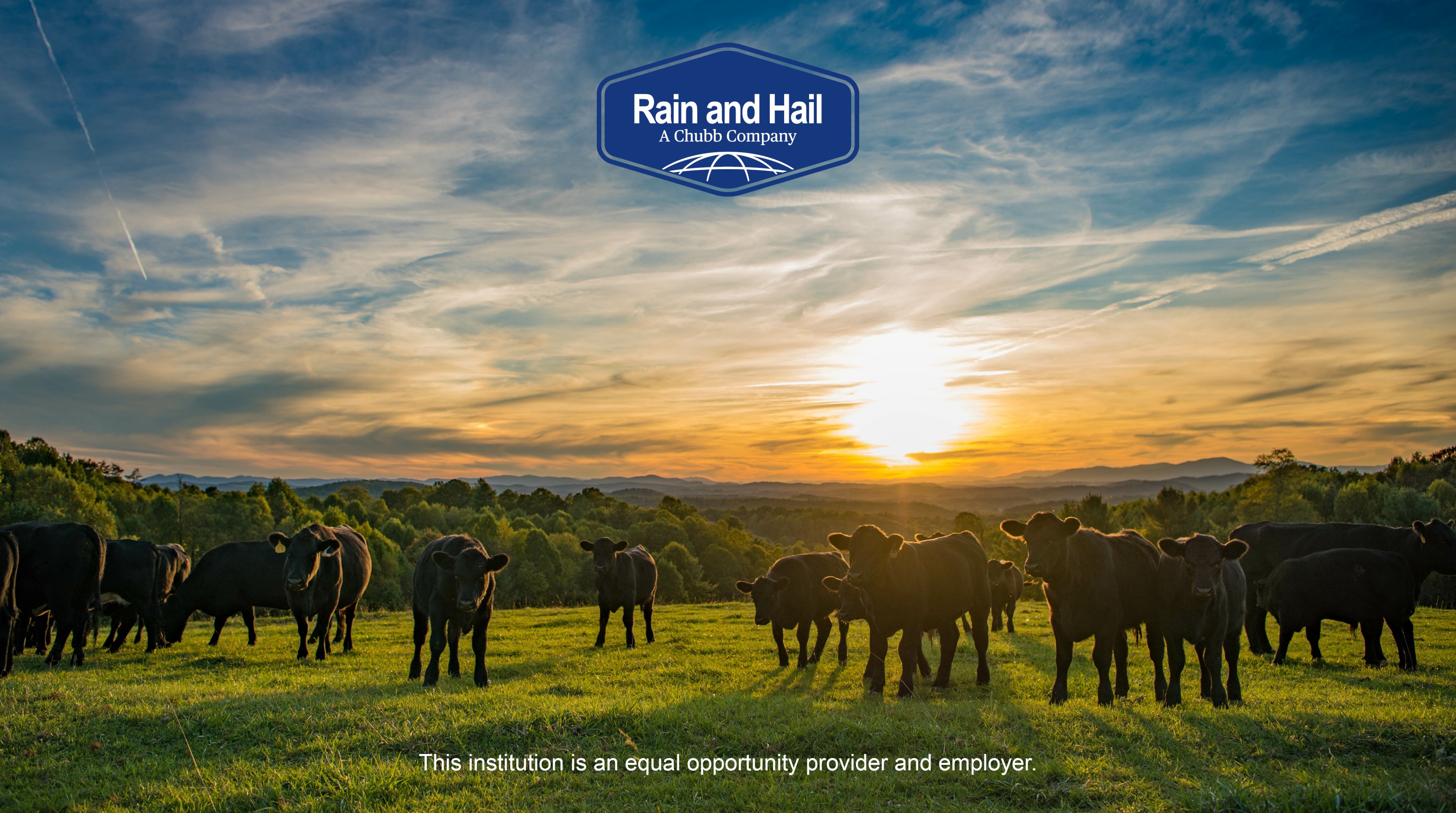Bagley Risk Management : Safeguarding Your Service Future
Bagley Risk Management : Safeguarding Your Service Future
Blog Article
Secret Variables to Take Into Consideration When Deciding On Animals Risk Security (LRP) Insurance Coverage
When assessing options for Livestock Risk Protection (LRP) insurance coverage, several key factors warrant careful factor to consider to make certain reliable threat management in the farming field. Selecting the best insurance coverage options tailored to your specific livestock procedure is paramount, as is recognizing how premium costs associate with the degree of defense offered.
Coverage Options
When considering Livestock Danger Defense (LRP) insurance policy, it is vital to comprehend the different protection alternatives available to reduce threats in the agricultural sector. Animals Threat Protection (LRP) insurance provides various insurance coverage choices tailored to meet the diverse demands of animals producers.
Another crucial insurance coverage option is the recommendation duration, which determines the size of time the protection holds. Manufacturers can choose the endorsement period that ideal matches their manufacturing cycle and market problems. Furthermore, coverage levels and rates vary based upon the sort of animals being insured, providing manufacturers the versatility to customize their insurance prepares according to their particular requirements.
Comprehending the different protection options readily available under Animals Danger Security (LRP) insurance is essential for producers to make enlightened choices that efficiently safeguard their livestock procedures from market unpredictabilities.
Costs Costs

Livestock Risk Defense (LRP) insurance policy offers necessary protection choices customized to reduce threats in the farming industry, with a substantial element to consider being the calculation and structure of premium costs. These include the type and number of livestock being insured, the insurance coverage degree picked, the current market prices, historic cost information, and the size of the protection period.
Premium expenses for LRP insurance are normally determined based upon actuarial information and take the chance of analysis models. Insurance providers examine historical data on livestock rates and production prices to determine an ideal costs that shows the degree of danger entailed. It is crucial for animals producers to very carefully evaluate premium costs and protection alternatives to ensure they are appropriately safeguarded versus potential financial losses because of unfavorable market problems or unexpected occasions. By comprehending exactly how exceptional costs are calculated and structured, manufacturers can make educated choices when picking the ideal LRP insurance plan for their operation.
Qualified Animals
The resolution of eligible animals for Animals Risk Security (LRP) insurance coverage entails cautious factor to consider of certain standards and qualities. Livestock types that are typically qualified for LRP insurance coverage include feeder livestock, fed cattle, swine, and lambs.
Feeder cattle, for example, are frequently qualified for LRP protection if they fall within specified weight varieties. Lambs are one more address group of animals that can be thought about for LRP insurance coverage, with elements such as weight and age playing a crucial duty in identifying their eligibility.
Before choosing LRP insurance coverage for livestock, producers should carefully review the qualification criteria laid out by the insurance coverage copyright to guarantee their pets satisfy the required requirements for protection.
Policy Adaptability
Plan flexibility in Animals Risk Protection (LRP) insurance permits manufacturers to tailor protection to fit their particular demands and take the chance of management approaches. This flexibility equips animals manufacturers to customize their insurance policies based on variables such as the type of animals they possess, market conditions, and individual threat resistance degrees. By offering adjustable options, LRP insurance policy makes it possible for manufacturers to effectively handle their danger direct exposure while guarding their livestock operations against unforeseen market volatility.
Cases Refine
Upon experiencing a loss or damage, manufacturers can start the insurance claims process for their Livestock Danger Defense (LRP) insurance coverage by immediately contacting their insurance policy copyright. It is vital for producers to report the loss asap to accelerate the cases process. When getting to out to the insurance policy copyright, producers will certainly require to give comprehensive information link regarding the incident, including the day, nature of the loss, and any appropriate paperwork such as vet documents or market prices.

After the assessment is total, the insurance coverage copyright will make a decision relating to the claim and connect the result to the producer. The producer will certainly get settlement according to the terms of their Animals Risk Protection (LRP) insurance coverage plan if the case is approved. It is crucial for manufacturers to be acquainted with the claims process to make certain a smooth experience in case of a loss

Final Thought
To conclude, when selecting Animals Threat Defense (LRP) insurance, it is important to take into consideration insurance coverage click site choices, premium costs, eligible animals, policy adaptability, and the cases procedure. These crucial factors will assist make sure that farmers and breeders are sufficiently shielded versus potential threats and losses related to their animals operations. Making an informed choice based on these considerations can inevitably result in much better financial safety and security and satisfaction for animals producers.
Livestock Danger Protection (LRP) insurance supplies different coverage alternatives customized to fulfill the varied needs of animals manufacturers.The determination of qualified livestock for Animals Danger Defense (LRP) insurance policy coverage involves careful consideration of details requirements and characteristics.Plan adaptability in Animals Danger Protection (LRP) insurance permits producers to customize protection to match their certain needs and take the chance of management approaches.Upon experiencing a loss or damages, manufacturers can launch the claims process for their Animals Threat Security (LRP) insurance coverage by quickly calling their insurance coverage provider.In verdict, when picking Animals Risk Protection (LRP) insurance coverage, it is vital to consider coverage alternatives, premium costs, qualified animals, plan versatility, and the insurance claims process.
Report this page